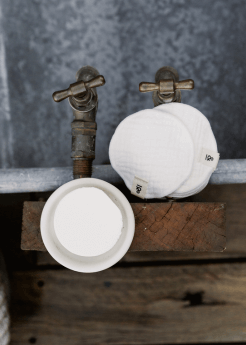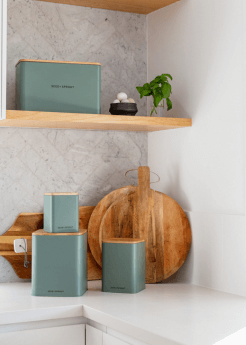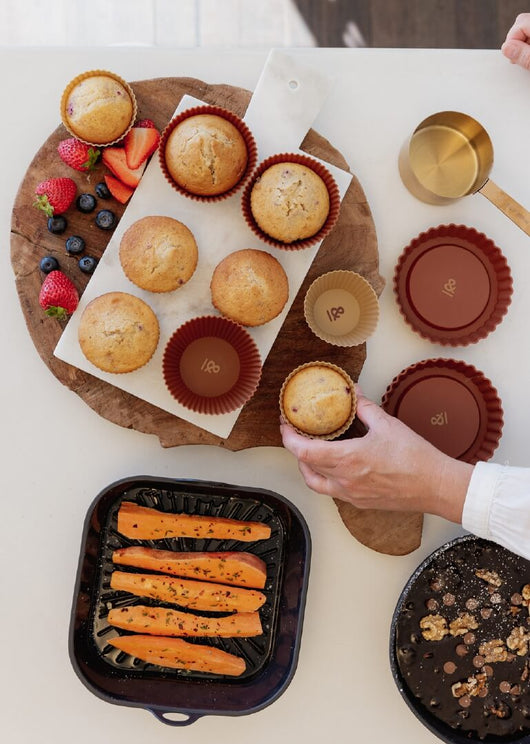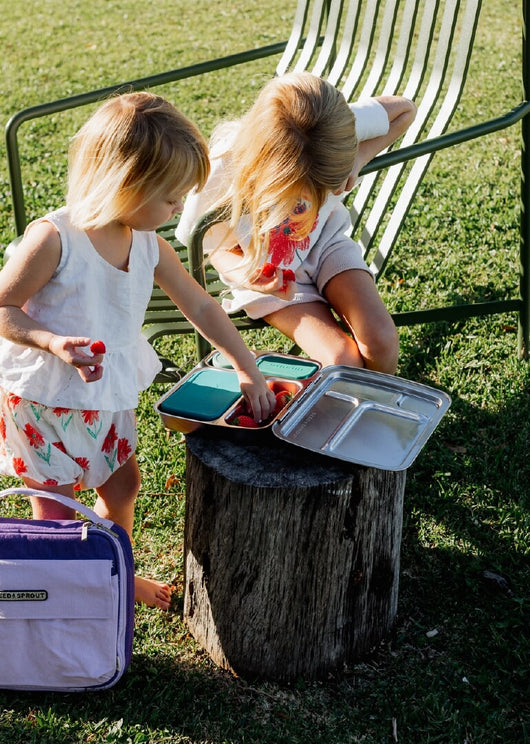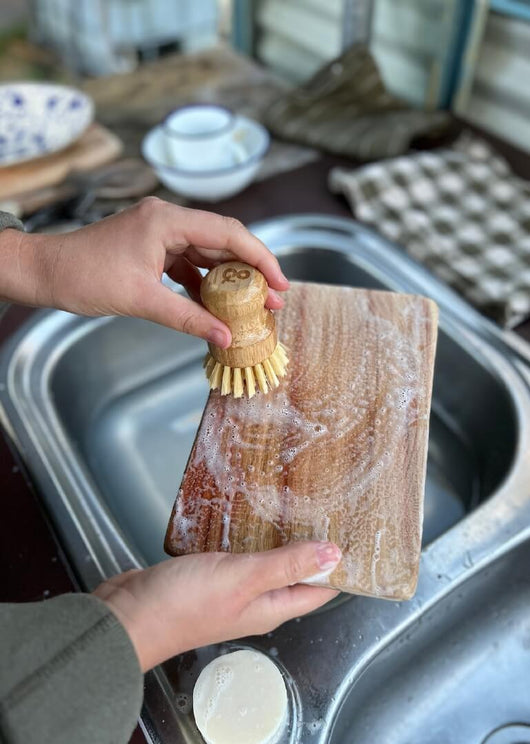I've just spent the weekend at my Tiny House and I am so in love with this time of year. Last autumn, I planted a Berry Corridor and the raspberries, blackberries and strawberries are starting to fruit - check it out on Insta here!
Whether you’re a seasoned green thumb or just starting out, spring is the ideal time to prepare your garden for a bountiful season ahead and start your compost journey. I'm no expert but trial and error is sometimes the best way to learn! Here's some of my Spring planting tips and composting advice to help your garden thrive...
PREPARING YOUR GARDEN FOR SPRING
Whether you're starting from scratch or refreshing from winter, your garden will love some TLC to get it back in shape. Here are some steps to prepare your garden:
-
Clean Up Garden Beds: Start by removing any dead or decaying plant material from your garden beds. This not only helps your garden look tidy but also prevents diseases from spreading.
-
Check Soil Health: Winter can take a toll on your soil. Test your soil’s pH levels and add organic compost to replenish nutrients. Healthy soil is the foundation of a thriving garden.
-
Plan Your Garden Layout: Spring is the perfect time to rethink your garden layout. Consider companion planting to maximise space and improve plant health. For example, planting basil next to tomatoes can enhance flavour and deter pests. Whatever grows together, goes together as the saying goes!
BEST CROPS TO PLANT IN SPRING

Spring is the time to plant a wide variety of vegetables, herbs and flowers. Here are some of our top picks:
-
Leafy Greens: Spinach, lettuce, and kale are great choices for early Spring planting. They thrive in cooler temperatures and can be harvested throughout the season.
-
Root Vegetables: Carrots, radishes, and beets can be sown directly into the soil. These crops do well in the cool, moist conditions of early Spring.
-
Herbs: Plant herbs like parsley, coriander, and chives to add fresh flavours to your spring meals. These herbs are easy to grow and perfect for container gardening if you’re short on space.
-
Flowers: Spring is the time to plant flowering plants like lavender, marigolds, pansies, and nasturtiums. Not only do they add a pop of colour, but they also attract beneficial insects to your garden.
COMPOSTING IN SPRING
Spring is also an excellent time to get your compost pile going. Composting helps reduce waste and provides nutrient-rich soil for your garden. Here’s how to make the most of your compost pile this spring:
-
Start Fresh: If you’ve been composting throughout the Winter, now is the time to turn your compost pile and add fresh material. This will help speed up the decomposition process.
-
Add Spring Trimmings: Use the organic waste from your spring garden cleanup, such as leaves, grass clippings, and plant trimmings, to feed your compost. Remember to balance green (nitrogen-rich) and brown (carbon-rich) materials for optimal composting.
-
Maintain Moisture: As the weather warms up, it’s essential to keep your compost pile moist but not soggy. Water it occasionally to maintain the right moisture level for decomposition.
-
Use Mature Compost: If your compost is ready, spread it in your garden beds to enrich the soil. Your plants will thank you with a healthy, robust growth throughout the season.
EMBRACING SUSTAINABLE GARDENING
As you dive into your Spring gardening, consider adopting more sustainable practices. Choose heirloom seeds, opt for organic fertilisers, and reduce your reliance on chemical pesticides. These small changes can make a big difference in creating a healthy and thriving garden ecosystem.
Here’s to a spring filled with fresh produce, blooming flowers, and the joy of connecting with nature.
Happy Gardening!
Love Sophie xx








